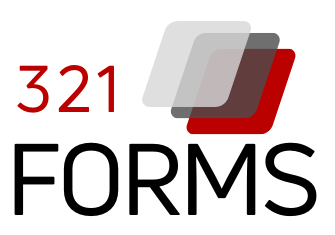Measuring the Efficiency of Your Employee Onboarding System: Electronic VS Paper
There are many components of an effective onboarding system. From aligning your talent’s expectations of their new role with what the company expects from its employees, to introducing the specifics of an organization’s culture and enabling a smooth transition for both parties, there are many areas that HR and company executives must keep an eye on when it comes to developing and measuring your employee onboarding process.
By now, most businesses have opted for an electronic onboarding system, with software designed for their own specific need. If your organization is still struggling with a paper system, measuring its impact will likely be harder, and require hours of sifting through documents. For this reason, consider how computerized onboarding can provide you with a robust system.
The human resource function within your company should actively measure the successes and failures of your current system to ensure it is operating at the highest level, in the same sense that HR tracks their metric data to report ROI.
To begin with, issue surveys to new hires after they have completed your onboarding process, and gain an understanding of the experience from the perception of those it is designed for. Asking questions regarding its ease of use, its simplicity to navigate and digest and the time it took them to complete can allow a clear image of your employee interface.
You can cross reference these responses with how your human resources department gathers the submitted information, and the time and financial investment concerned with the onboarding of each new hire. Find out which parts on your onboarding process can be made completely electronic, enabling easier access and form submission. Mobile optimization, form-filling software and templates can reduce the time it takes HR to conclude their new hire tasks.
For instance, if your human resources professionals consistently experience issues when it comes to verifying employment eligibility documents, install an E-Verify system to allow new hires to complete their I-9 at home. This software can highlight errors in submissions to avoid fines for the company and make fraudulent papers known.
Of course, the implementation of any new software can produce bugs and errors that need to be ironed out as the process is settled into your organization. Developer apps can help to highlight errors and give detailed reports of any current issues with programming. This proves massively helpful to businesses when they are measuring the efficiency of their new hire software, and makes it less likely that mistakes will go unnoticed for some time and thus causing problems for HR later on.
Without accurate strategies in place to measure the impact of your onboarding program, your human resources department could be missing vital errors in your new hires transition to fully fledged, successful employees within your organization. Implementing electronic onboarding software has proven indispensable to modern businesses at all levels, and measuring the efficiency of such a process is significantly easier with advanced technology available.

